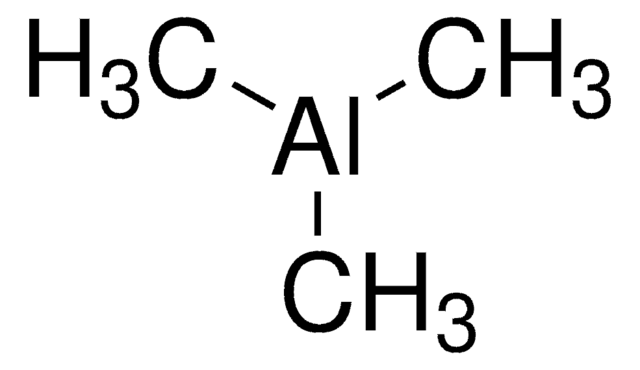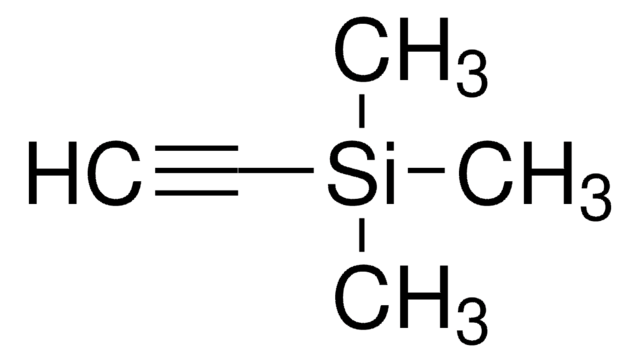792063
Copper(I) iodide
anhydrous, 99.995% trace metals basis
Synonym(s):
Cuprous iodide
About This Item
Recommended Products
grade
anhydrous
Quality Level
vapor pressure
10 mmHg ( 656 °C)
assay
99.995% trace metals basis
form
powder
impurities
≤55.0 ppm Trace Metal Analysis
mp
605 °C (lit.)
density
5.62 g/mL at 25 °C (lit.)
application(s)
battery manufacturing
SMILES string
[Cu+].[I-]
InChI
1S/Cu.HI/h;1H/q+1;/p-1
InChI key
LSXDOTMGLUJQCM-UHFFFAOYSA-M
Looking for similar products? Visit Product Comparison Guide
Related Categories
Application
signalword
Danger
Hazard Classifications
Acute Tox. 4 Oral - Aquatic Acute 1 - Aquatic Chronic 1 - Eye Dam. 1 - Skin Irrit. 2 - Skin Sens. 1A - STOT RE 1 Oral
target_organs
Thyroid
Storage Class
6.1C - Combustible acute toxic Cat.3 / toxic compounds or compounds which causing chronic effects
wgk_germany
WGK 3
flash_point_f
Not applicable
flash_point_c
Not applicable
Choose from one of the most recent versions:
Already Own This Product?
Find documentation for the products that you have recently purchased in the Document Library.
Customers Also Viewed
Our team of scientists has experience in all areas of research including Life Science, Material Science, Chemical Synthesis, Chromatography, Analytical and many others.
Contact Technical Service





![[1,1′-Bis(diphenylphosphino)ferrocene]dichloropalladium(II)](/deepweb/assets/sigmaaldrich/product/structures/130/734/8846aa26-1858-458a-998d-8c306c13bf0f/640/8846aa26-1858-458a-998d-8c306c13bf0f.png)










